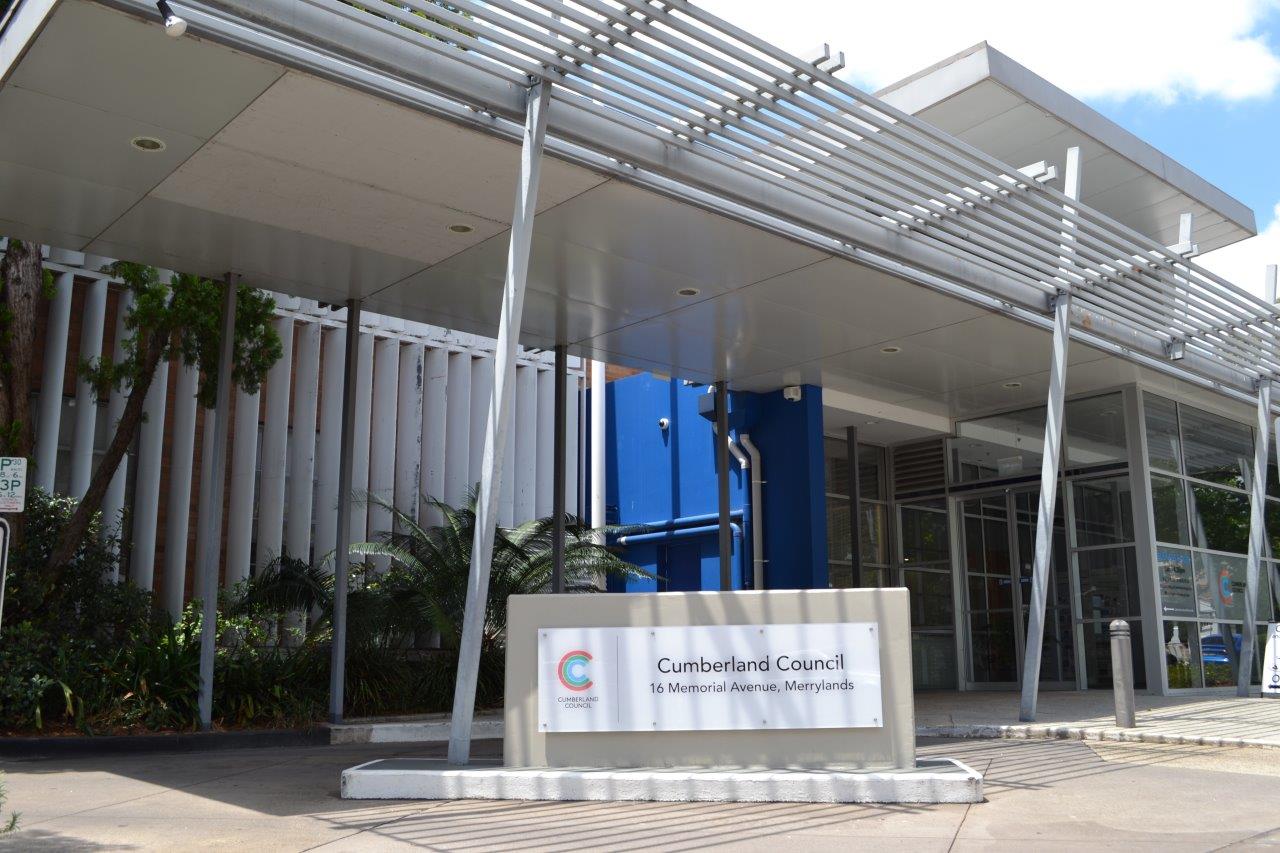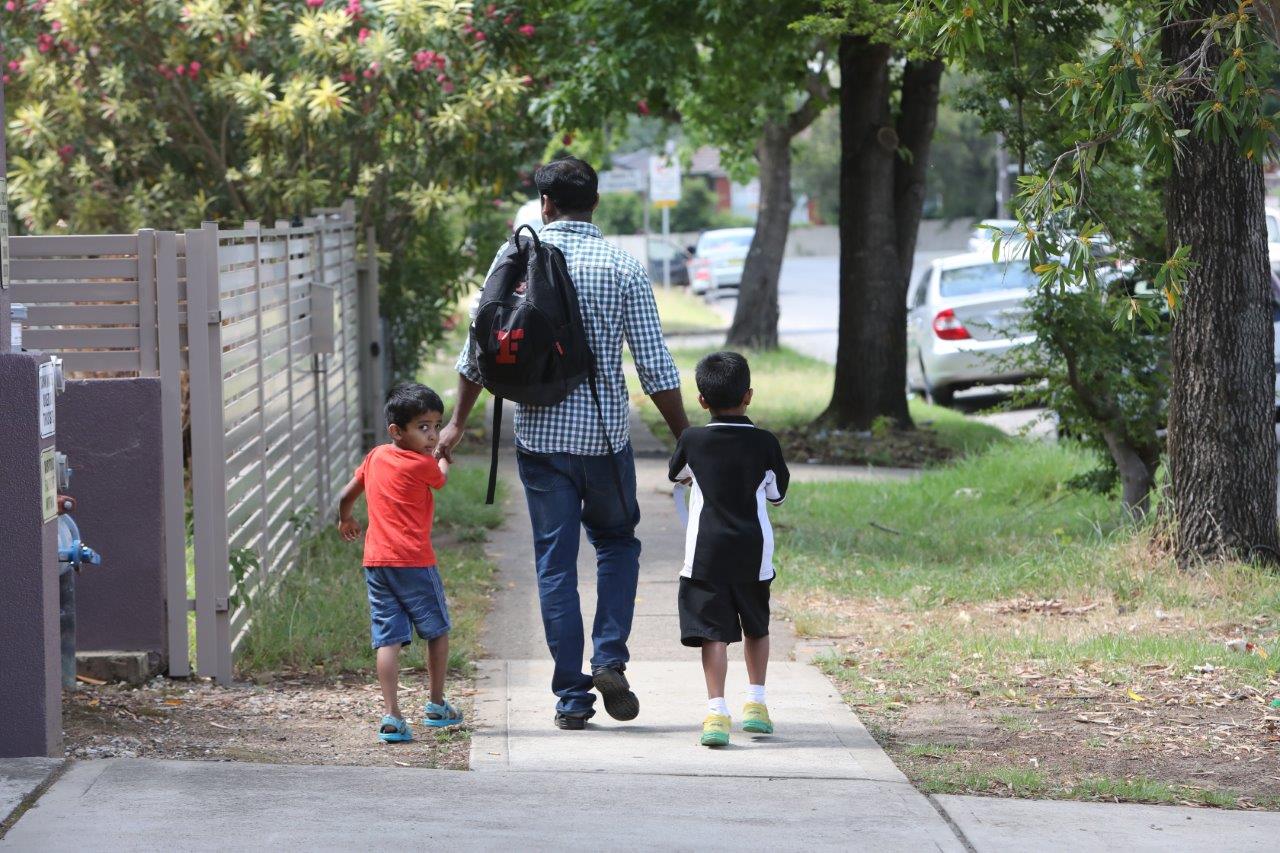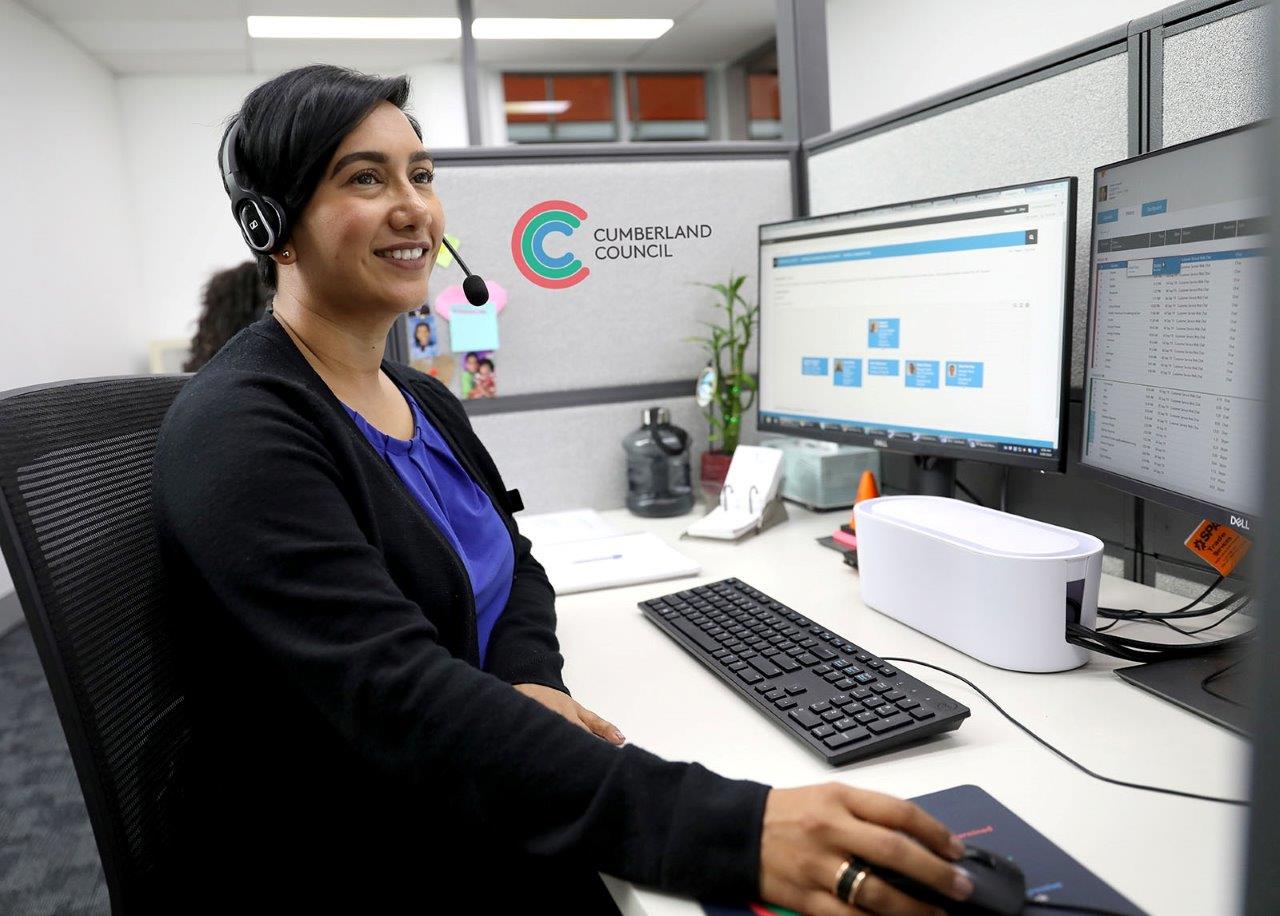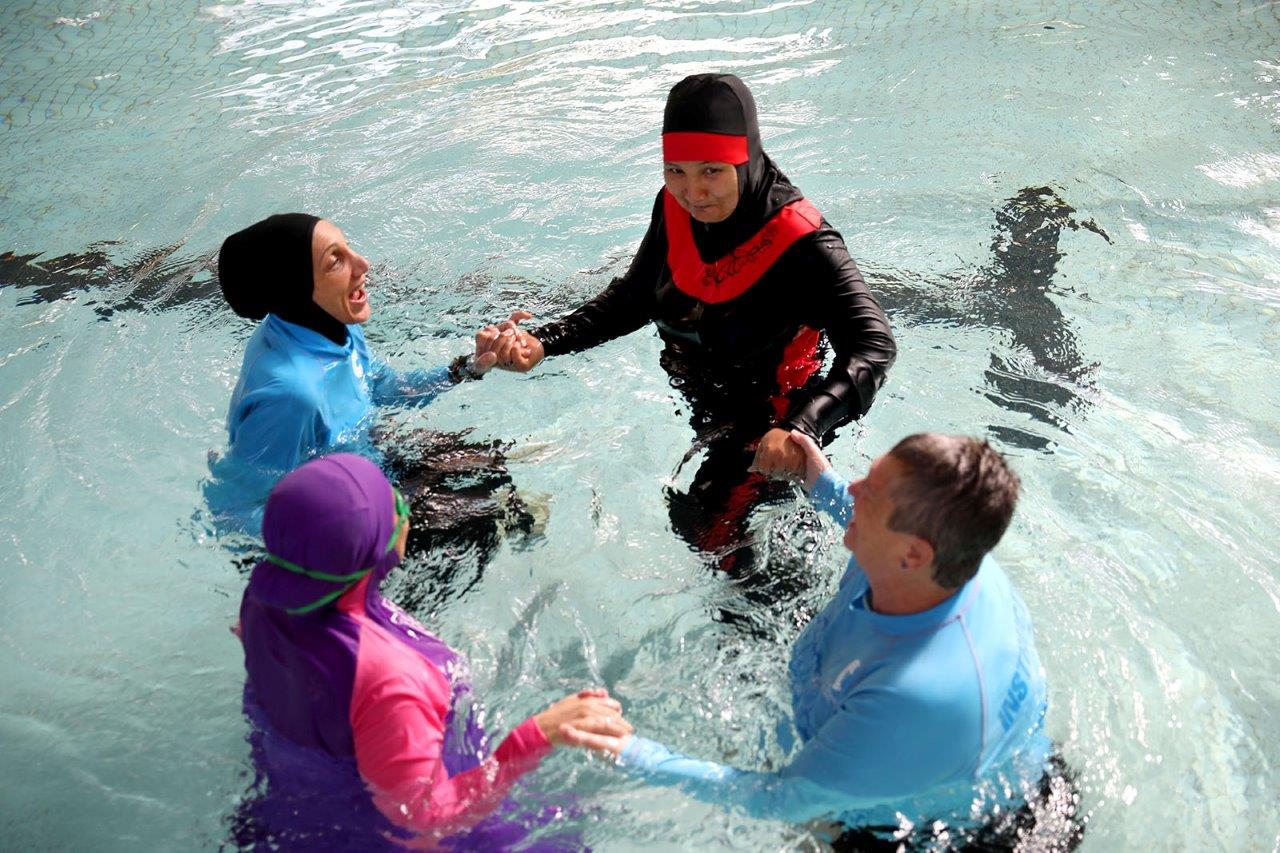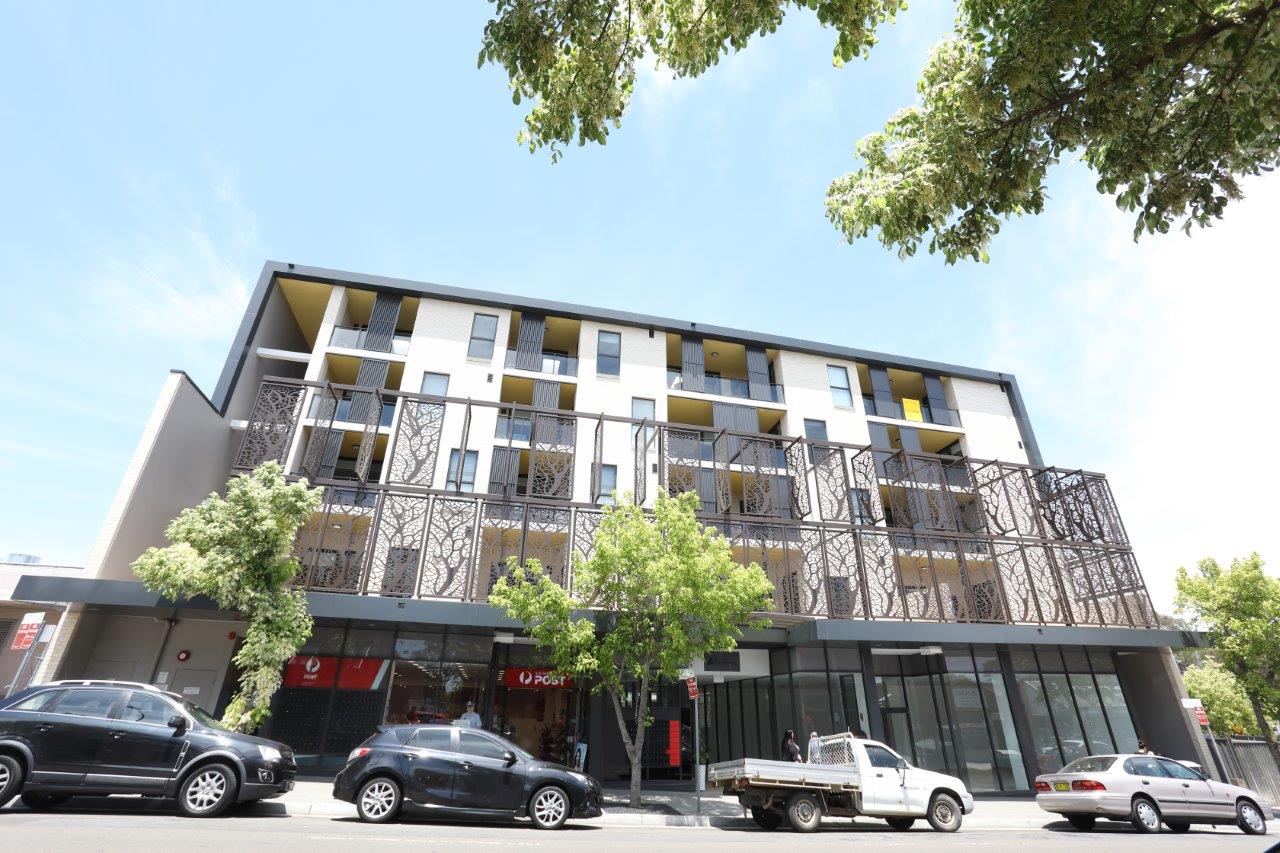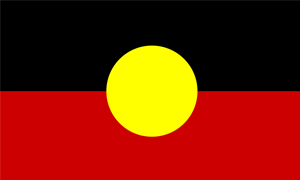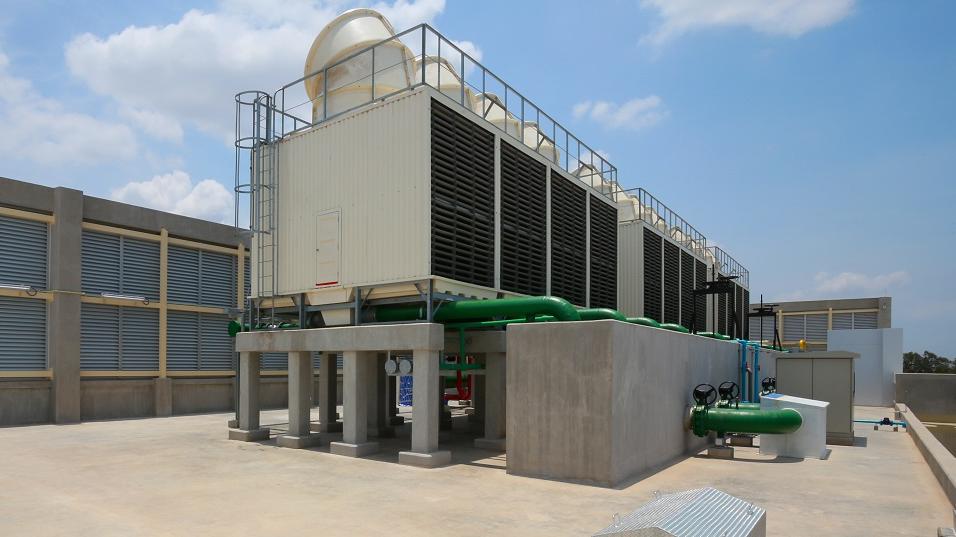
Legionella pneumophophila bacteria like to grow in warm stagnant water found in cooling water systems, shower heads, and other warm water bodies. Inhalation of the bacteria can cause an infection of the lungs (pneumonia) which can make some people very sick – this is generally called ‘Legionnaires disease’. Symptoms may include high fever, cough, chills, headaches, muscle pain and mental confusion.
The risk of Legionella growing in these water systems can be effectively reduced if regular inspection, disinfection and maintenance of the systems are carried out. In NSW, the management of Legionella in warm and cooling water systems is regulated under the 'Public Health Act 2010 and Public Health Regulation 2012'. The legislation creates a responsibility for building occupiers to ensure the systems they manage do not pose a public health risk.
Mandatory reporting of high-test results
The occupier of a premises that contains a cooling water system must ensure that:
- All cooling water systems undergo monthly testing for Legionella count and heterotrophic colony count (HCC); and
- Test results of Legionella count ≥1000 cfu/mL and HCC ≥5,000,000 cfu/mL are promptly notified to Council.
If you need to report a high HCC or Legionella count to Cumberland Council, please contact the Environmental Health team via Council’s Contact Centre by calling 02 8757 9000, or email council@cumberland.nsw.gov.au
Managing a building with a cooling water systems?
Building occupiers have a number of responsibilities with respect to managing the risks from cooling water systems on their property. If you are the occupier, or are managing a premises on behalf of the occupier, then you need to make sure that:
- Monthly testing for Legionella and heterotrophic colony count is carried out and high counts are reported to Council (see above)
- A duly qualified person is engaged to inspect, service and maintain the system
- A competent person carries out a risk assessment of the system at the required frequency, and a Risk Management Plan (RMP) is obtained documenting the risks and the recommended control strategies
- Compliance with the RMP is audited each year by an independent auditor and an audit report is prepared on time
- A Unique ID number is displayed on each cooling tower on the system
- Operating and maintenance manuals are available for the system
- Records of cleaning, servicing, and maintenance are completed each month in the approved form, and are kept somewhere where they can be easily accessed
- RMP and Audit certificates are submitted to Council on time
- The installation of a new system, or changes to an existing system (including decommissioning), are promptly notified to Council
- Safe and easy access to the system is maintained
Registration with Council
The occupier of a premises on which a new system is installed must notify the Council within one month of installation or of becoming the occupier. Similarly, if changes have been made to the operation or management of an existing system (including decommissioning), Council must be notified. The following form should be used:
Online form
Paper forms are also available
- Regulated System Registration Form (DOCX, 110KB)
- Regulated System Registration Form (PDF, 220KB)
What is Council’s role?
Councils Environmental Health Officers carry out periodic site inspections of cooling water systems and review related records, RMPs and audit certificates. Generally, the officer will try to contact the occupier of the premises or their nominated representative (such as a building or facilities manager) to arrange a suitable time for the inspection to take place.
Note: Council may not carry out a physical inspection of the system if it is not provided with safe and easy access. Building occupiers have a legal obligation to ensure that access to cooling water systems is safe and easy.
Inspections are primarily focussed on checking compliance with the Public Health Act 2010, Public Health Regulation 2012 and AS 3666 Air-handling and water systems of buildings – Microbial control. This includes:
- Physical inspection of the tower (if safe and easy access is provided;
- Review of all related records (RMP, audit reports, cleaning, service and maintenance records)
You will be provided with a copy of the inspection report at the conclusion of the inspection which will outline the details of what was checked and any non-compliances identified. The officer will advise you, either while on site or via phone or email afterwards, whether any further action is required from you. This may take the form of an email, letter, or a more formal Notice. It is important to ensure you address all required actions from your inspection by the date specified to avoid risking fines or other enforcement action being taken.
Fees are charged for inspections – you can review the current rates in Councils schedule of Fees and charges.
If an outbreak occurs, the Legionnaires’ disease Emergency Management Plan prepared by the NSW Health Department will be put into action.
Further information
Information and factsheets on Legionella control for building owners, occupiers and contractors are available at NSW Health website.
The NSW Guidelines for Legionella Control in Cooling Water Systems are also a useful point of guidance.
Frequently asked questions?
1. Where do I find the ‘approved forms’ for records, RMPs, and audits?
The Public Health Regulation 2012 requires specific forms to be used to document the management of cooling water systems. These forms can be accessed on the NSW Health website. The forms include the following:
- Form 1: Risk Management Plan
- Form 2: Audit Report
- Form 3: Monthly report
- Form 4: Notification of reportable test results
- Form 5: Application for approval to audit cooling water systems
2. Where can I find a list of approved ‘independent auditors’?
There is a list of approved independent auditors provided on the NSW Health website.
3. How do I get a Unique ID number for my cooling tower?
When you notify Council of a newly installed cooling water system (using Councils registration form outlined above), a unique ID number will be allocated to each tower on the system as part of this registration process. It is the building occupier’s responsibility to create a sign displaying this Unique ID number and adhere it to the tower in a conspicuous location. The sign must be made of durable material and be minimum A5 size (148mm x 210mm).
4. Do I have to keep hardcopy versions of maintenance records and other required documents on site? Or can I just rely on electronic copies?
Building occupiers must ensure that required documents and records are either kept:
- Kept on the premises, and made available for inspection on request by an authorised officer, or
- Kept electronically, and made available for inspection on request by an authorised officer within 4 hours of the request.
